“We’re going to visit the old village”, said Penghulu Sagan cheerfully, as he loaded another box of fishing equipment onto the small boat. The matter of fact statement disguised the real nature of the expedition, which was perhaps more evident in the thin, sun etched face of his uncle, who sat quietly waiting: eyes lost in the distance, speaking of a longing, a sadness? Lost in thought, remembering. The reality was that to actually visit the village they would have needed diving equipment, as it lay deep in the waters behind the new Bakun Dam, on the upper reaches of the Rajang river basin in the interior of Sarawak, Malaysian Borneo. The uncle’s expression was one I had seen on the faces of others, on old women, arms and ankles green with the smudge of traditional tattoos from their teenage years. Eyes that had witnessed too much change in less than half their lives, too much for one to accept without a measure of bitterness. The modern world hadn’t just drowned villages but traditions and values, hopes and certainties. Not once did I see a smile on the face of an old person while I was in the region of the dam.
You could have visited the great timber long houses of the many Orang Ulu tribes in the 70’s and experienced a world, whilst not of untouched primitivism but where much went on as it had always done, driven by the demands of nature rather than distant powers. When you picked whatever day you wanted for your birthday, as there were no calendars; when children could only be judged old enough for school when they were able to reach over the top of their heads and touch their opposite ear; a time when the old wouldn’t have seen their grown up children disappear for much of the year, working far away.
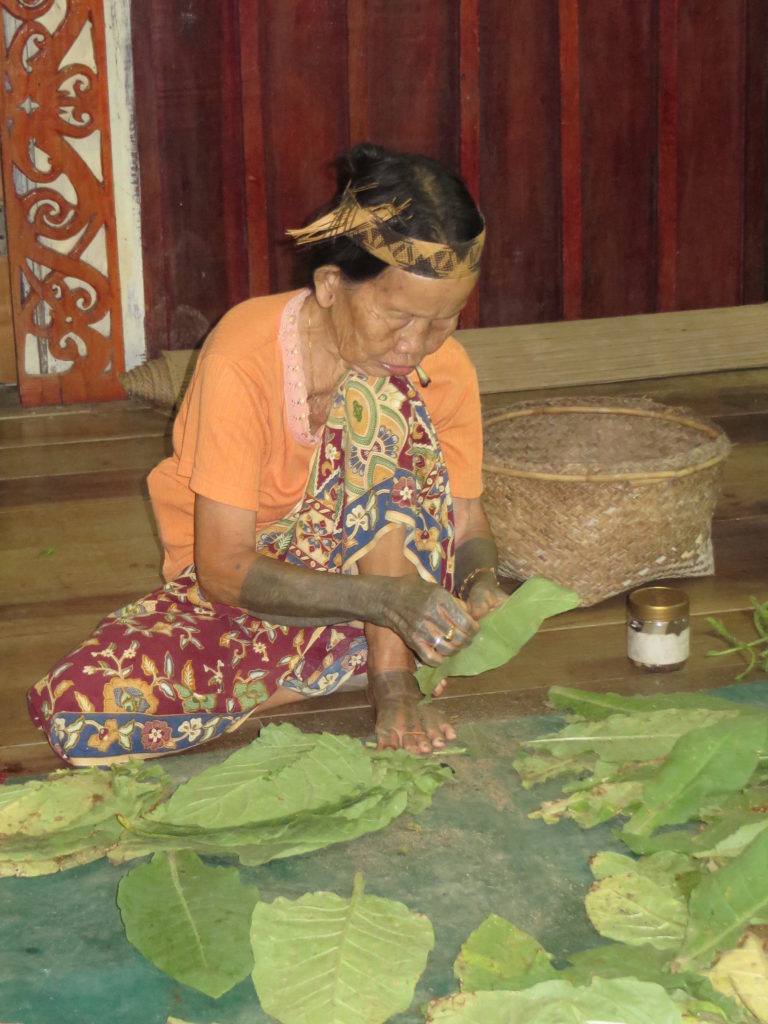
You will regularly see women puffing away on hand rolled cigarettes. Here a lady prepares tobacco leaves for drying

True to tradition, the dead lie in state for a week while the community celebrates the life departed with food and drink every night and supports the bereaved
Dams have become the final assault from forces driven by greed and armoured with political patronage, wielding propaganda and hypocrisy. Bakun Dam is the first of twelve promised in northern Sarawak, others already underway, promoted by politicians as vital engines for economic development. That there isn’t even enough electricity demand for the one dam is justified with plans for future industries before even any contracts are signed. In any case, you only have to look at how the local people have been treated to realise that their interests will be totally ignored should any of these notoriously environmentally damaging factories be proposed for their neighbourhood. The Environmental Impact Assessment for the dam was only reluctantly knocked up once it was already built and virtually every piece of environmental and indigenous rights legislation, both national and international was overlooked in the planning process.
When we follow the money all roads lead to the door of recently retired Sarawak Chief Minister Taib Mahmuda. A man who has already made billions from logging, oil palm plantations and construction for which he has been, rather conveniently in charge of issuing permits and contracts, in his three decades in government. His son has also done rather well, as one of his companies, against no competition whatsoever gained a lucrative government “consultancy” contract, requiring him to do little more than scratch his arse once in a while. Don’t be fooled by his retired status, as he has handed the job onto his brother-in-law, who will no doubt be looking after his interests, as well as that of their mentors in central government, the ruling Barisan Nasional party, who have hitherto been only too happy to turn a blind eye to the corruption, as Taib has faithfully kept the party in power in Sarawak all these years.
Unsurprisingly, promises of suitable compensation for the thousands of families affected by the dam have been patchy at best. Knowing exactly what they are in for, communities in the paths of other dams are fighting back. At the site of the proposed Baram dam locals have blockaded access roads for nearly a year ( http://www.sarawakreport.org/baram/) and with the help of NGO’s are taking whatever legal action they can to halt the work. In places people have been pitted against their tribal leaders, who are often paid government representatives, an unprecedented break with traditions of respect and communal consultation at the heart of community structures.
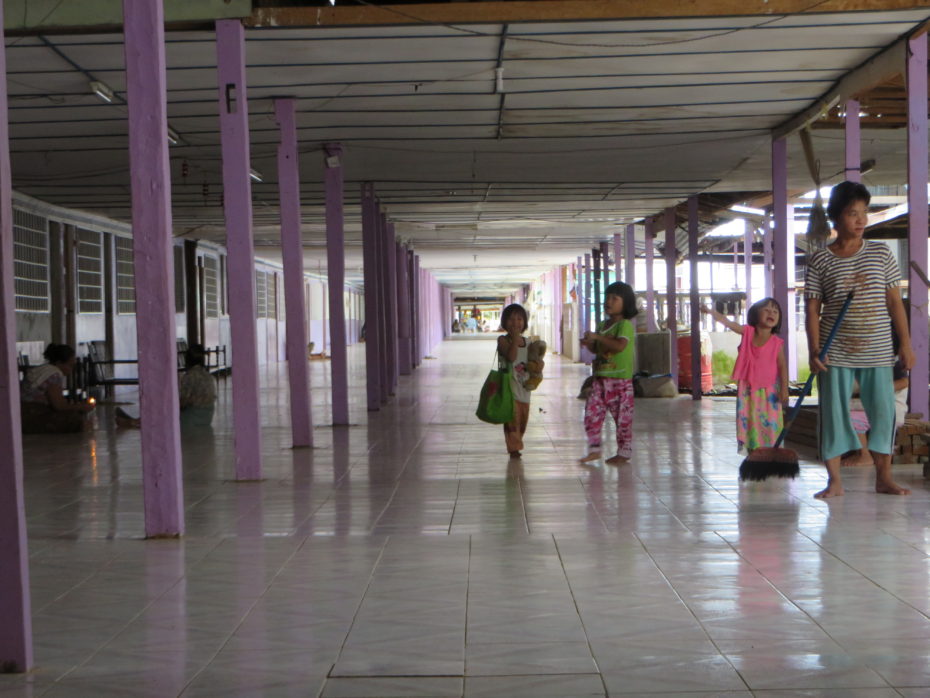
Long houses are indeed long, this open corridor in front of the row of family rooms acts as a high street, playground, meeting place and living room.
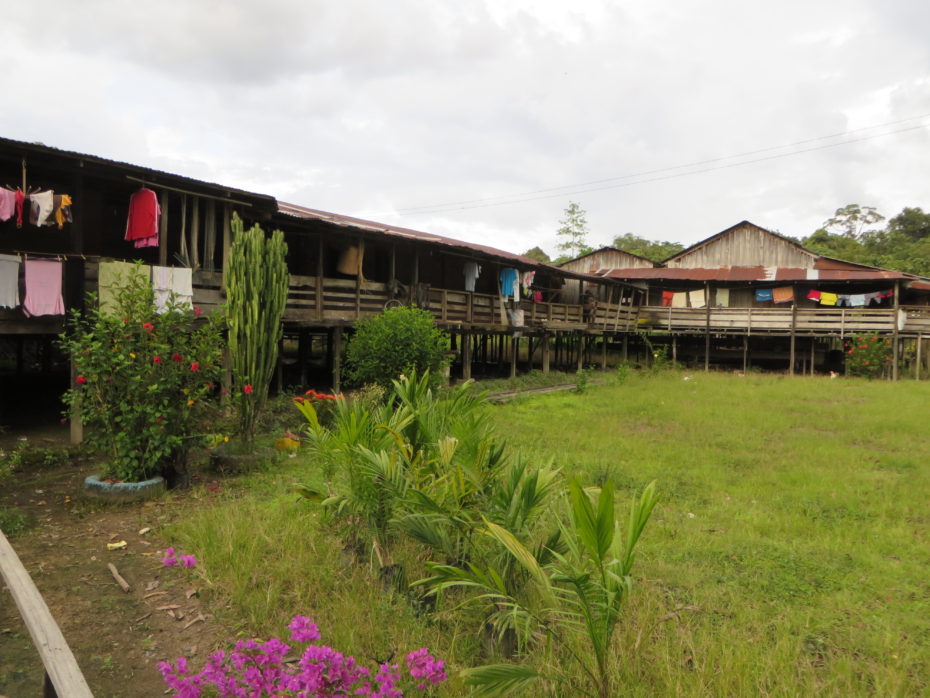
Bar the now ubiquitous metal roof this example is a truly traditional long house (Uma Seping, long bala near Balaga – only just opened to visitors, if you fancy a stay)
From the myriad dirt tracks snaking off recently asphalted side roads, to the main road built to facilitate the dam construction, we see a vampire river network sucking the life out of the eco system. Each little track allows someone to stake a claim, legitimate or otherwise, to parcels of land, first fuelling the rumbling stream of logging lorries laden with profits for others, the land then free for the grim mono culture of oil palms. But access equals exploitation, whether from the small-scale, greedy locals making a fast buck from lightning logging raids to land grabs by multi nationals backed by violent thugs. The three chiefs I spoke to all mentioned land ownership as an important issue, in fact around four hundred cases are already in the court system as indigenous people try to protect their domains.
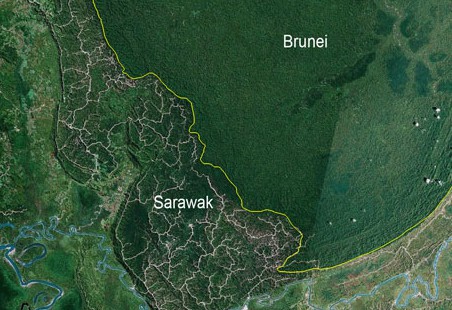
If ever you needed proof, this satellite picture shows the comparison of the slashed hills of Sarawak with the lush forest of neighbouring Brunei, ironically protected by its oil wealth.
At the first, distant glance much of the countryside can appear as nature intended but a more careful inspection reveals that the prodigious growth rates of vegetation in year round tropical sun and rain disguise cleared sections of the forest in only a few years but are devoid of the slow-growing jungle giants. Look closer still, with the eye of a zoologist and you will see the gaps in the ecosystem’s chains. One bug can feed another, which pollinates one plant in particular, which in turn supports a different colony and so on, up and down the species ladder. Every road, every felled tree sends little deathly echoes through the forest and now only about 10% of Sarawak’s primary, ie original and untouched forest, remains. At least 2% of the rain forest is being cut each year, the worse rate in Asia. The unique peat swamp forest is disappearing at an even greater rate and experts fear that this important habitat for regional flora and fauna will have entirely disappeared by 2020.

Bit by bit these little patches of felling are joining up, note how everything is felled, despite only a small fraction being useful for logging
Once, tourism could have offered an expanding market to bring more money into the region but as the few protected areas become isolated in an expanse of oil palm plantations and indigenous peoples are dragged unceremoniously into the modern world, little remains to entice more foreigners in.
Maybe today’s youth can look forward to lives with more money in their pockets than their grandparents but once retired from a life working at the aluminium smelting plant they won’t be sitting by the lake, eyes cloudy with longing for a past, now only existing in words, where virgin forest stretched to the horizon, alive to the clicks and whirrs of insects, where the hoots and screeches of birds and monkeys were but a soundtrack to daily life.




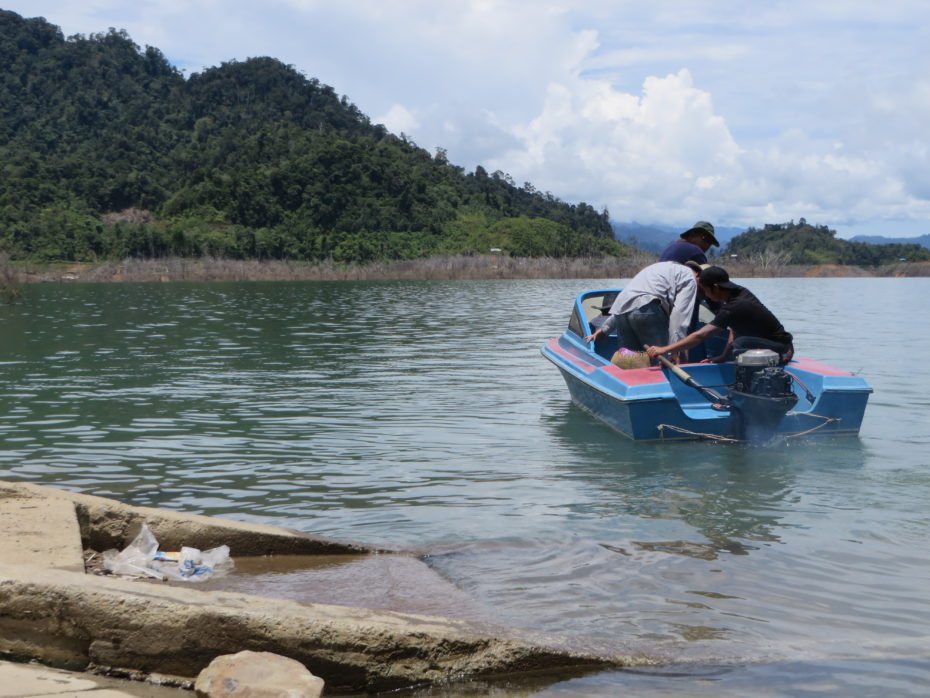

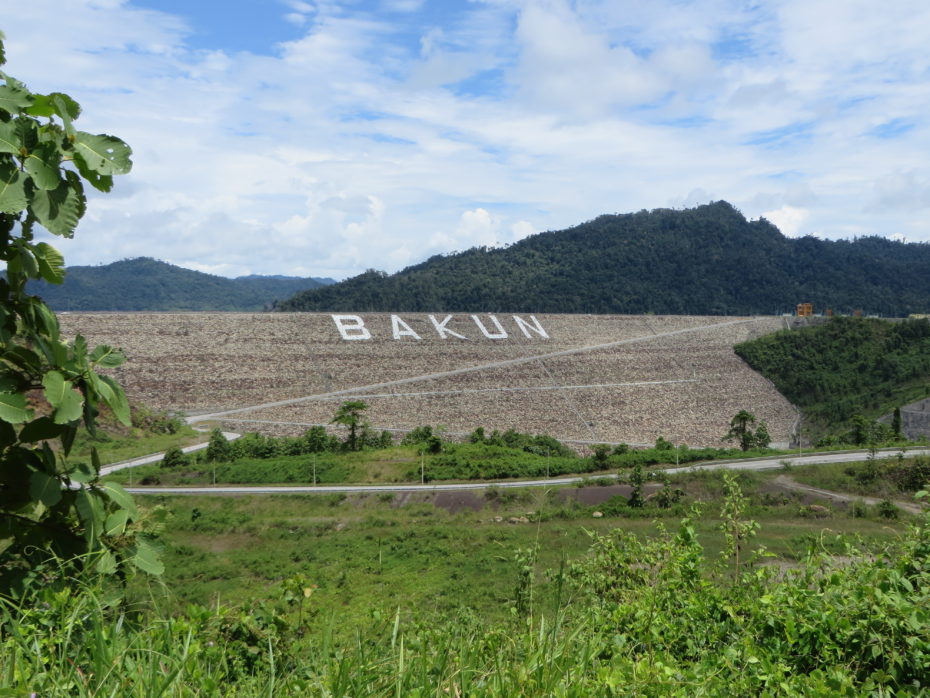

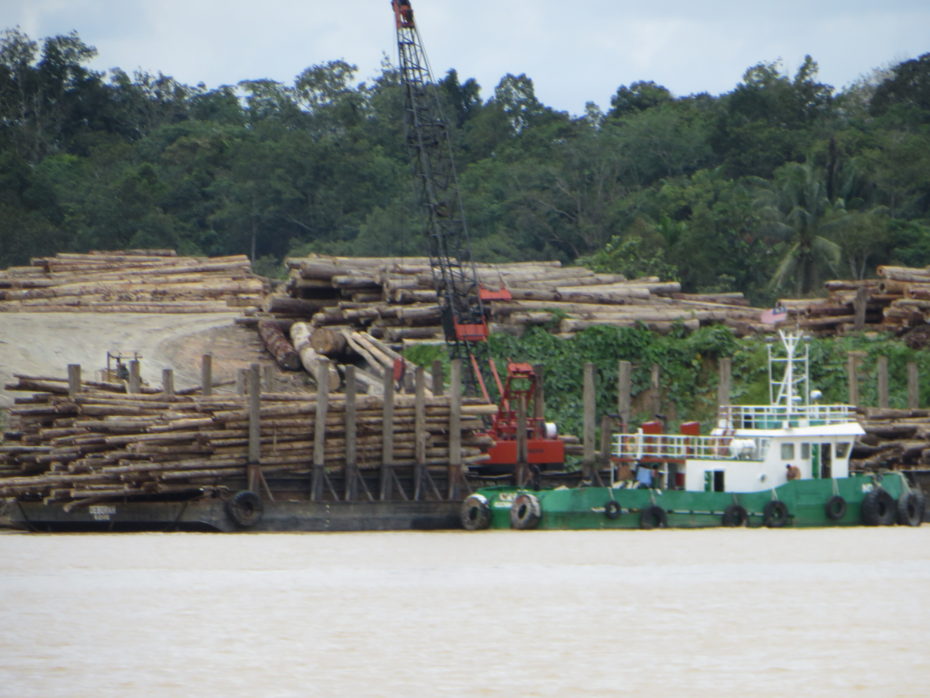

Damn…
All puns gratefully accepted